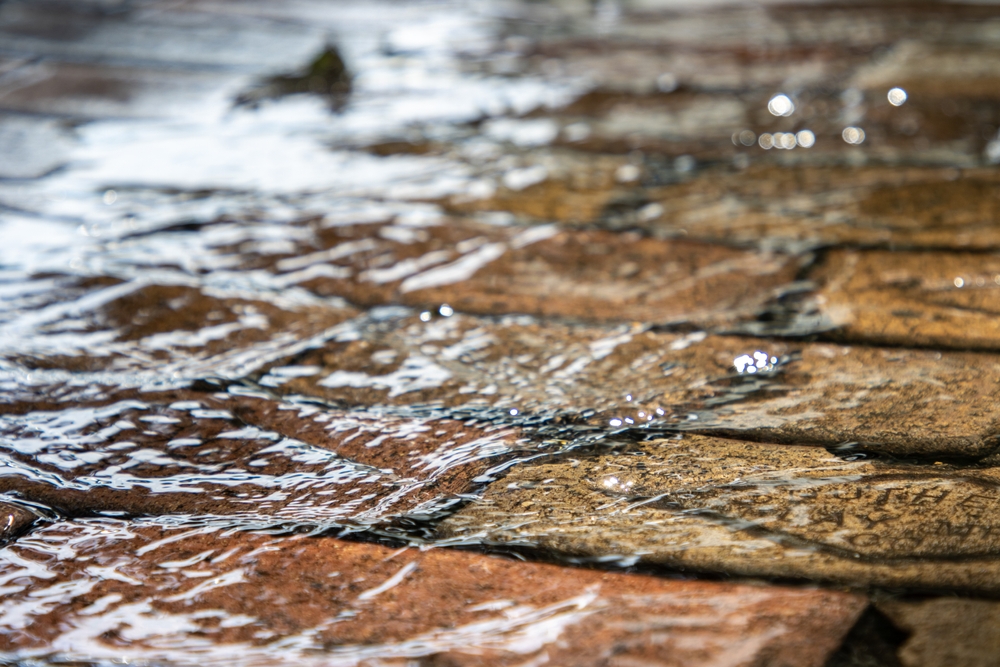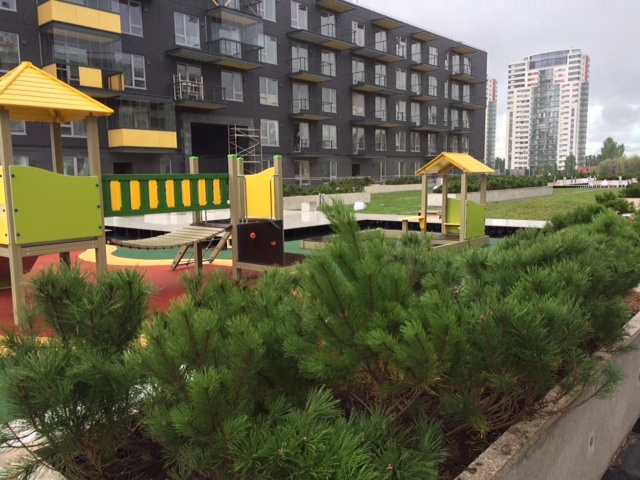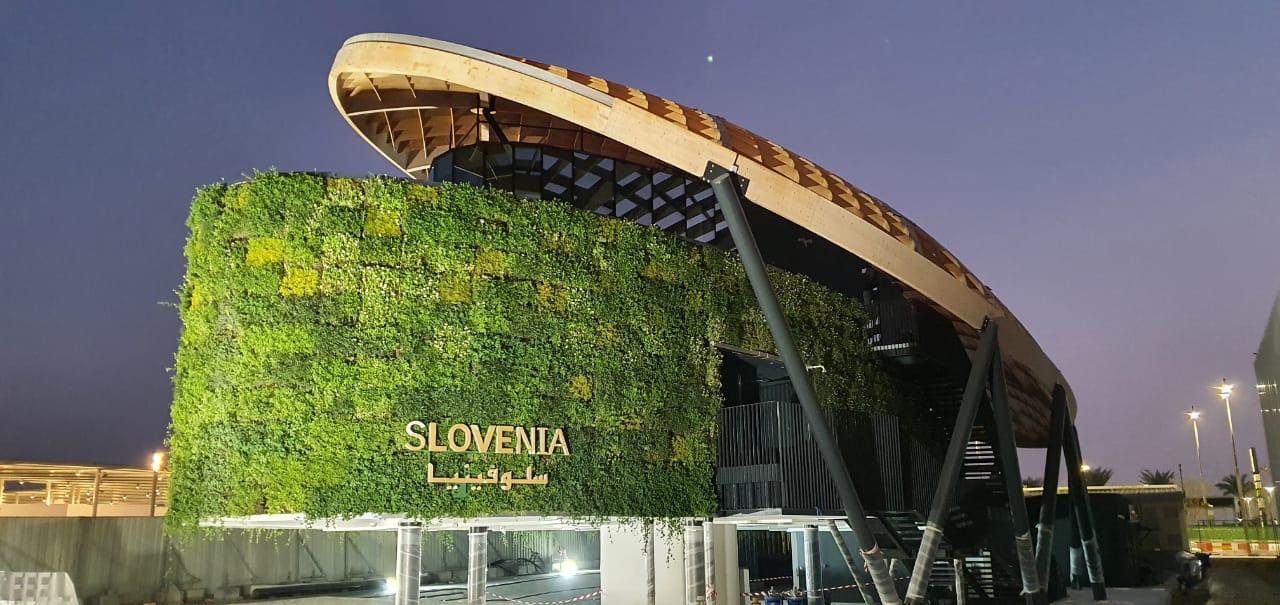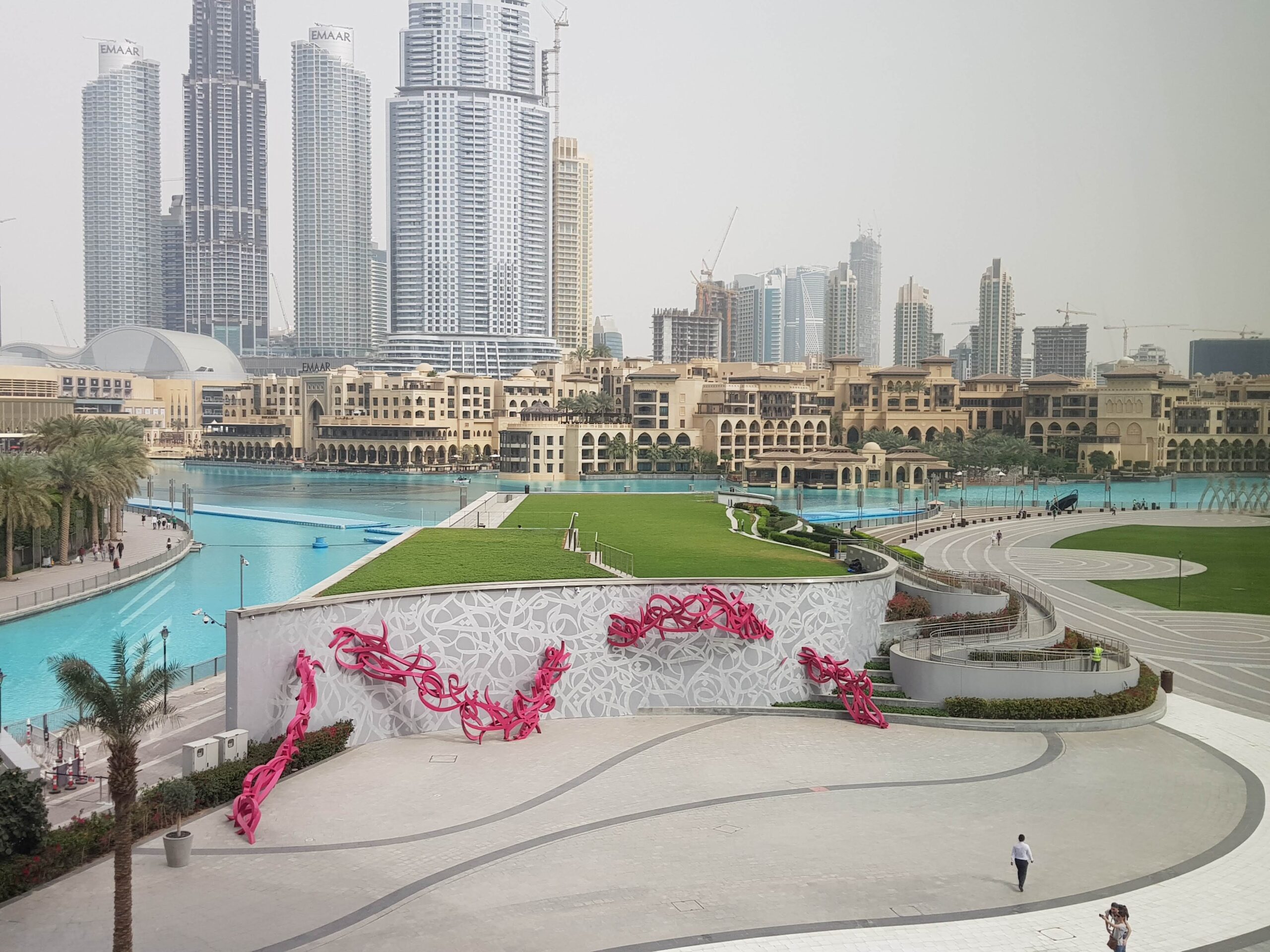
Renaturing Cities and Restoring the Natural Water Cycle Through Green Infrastructure
Investments in urban green infrastructure is the solution to extreme weather events, writes Luigi Petito for Living Architecture Monitor. The good thing is that

Investments in urban green infrastructure is the solution to extreme weather events, writes Luigi Petito for Living Architecture Monitor. The good thing is that

We have already been talking about the real performance of green roofs, in terms of improved energy efficiency, better storm-water management, lower heat-island effects and

With a total surface of 460 m2 it is by far among the biggest projects in the MEA region. We are very proud to be

Dubai Opera Garden. This Utility House next to Dubai Opera has been facing a challenge of weight restrains as originally it was not planned to
Follow us on the channel that best suits you to receive our latest updates!
Join us. Get member benefits. Promote your company, projects, products and services.